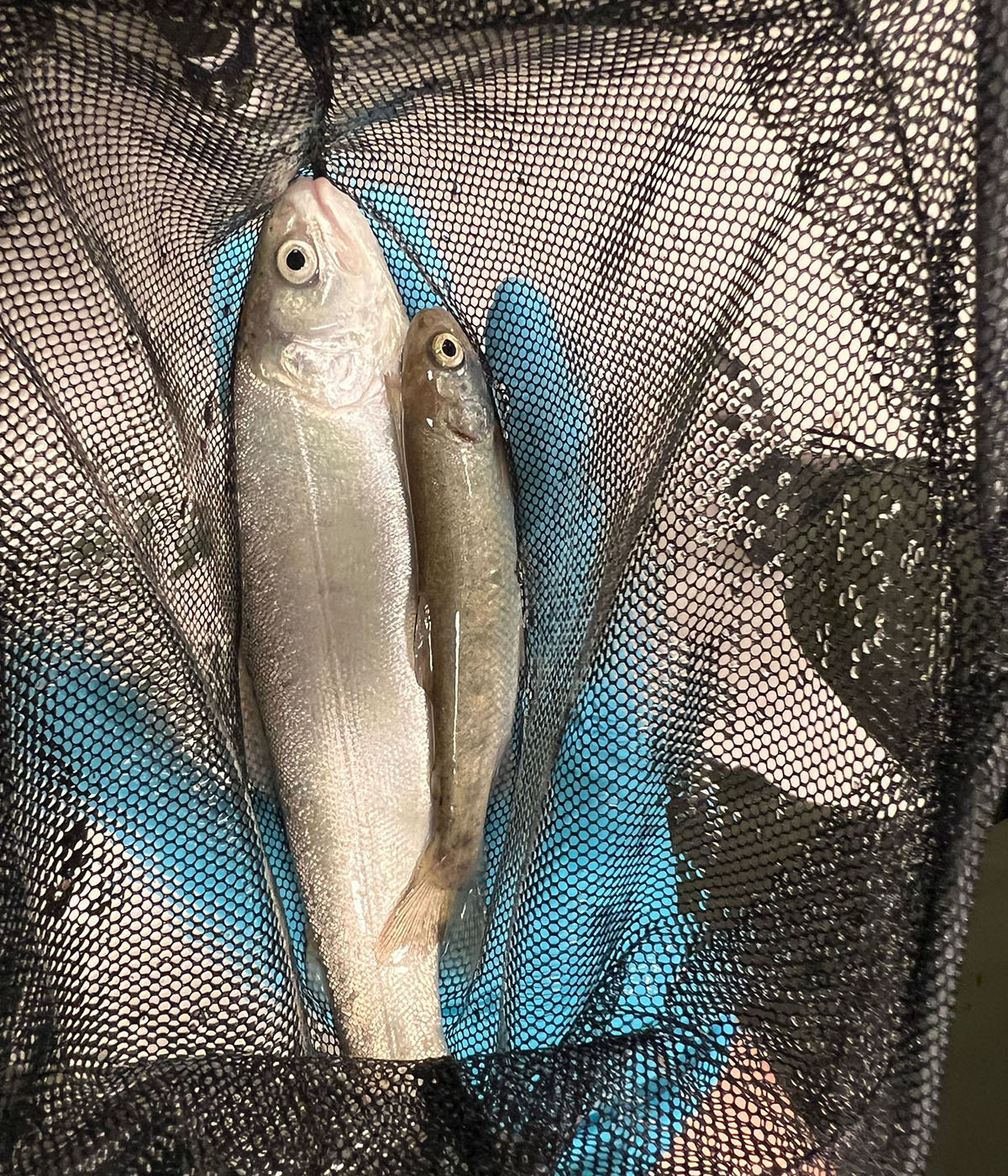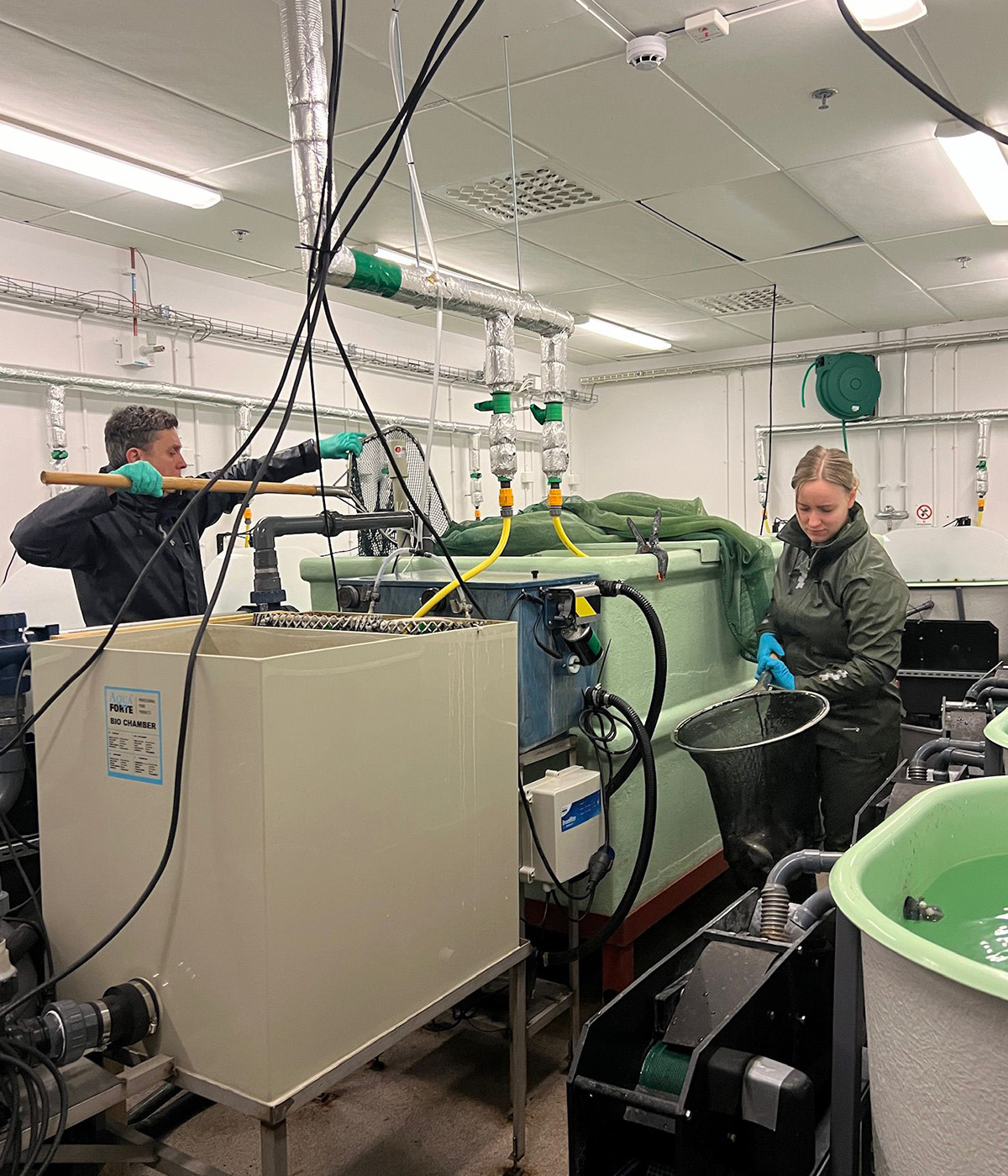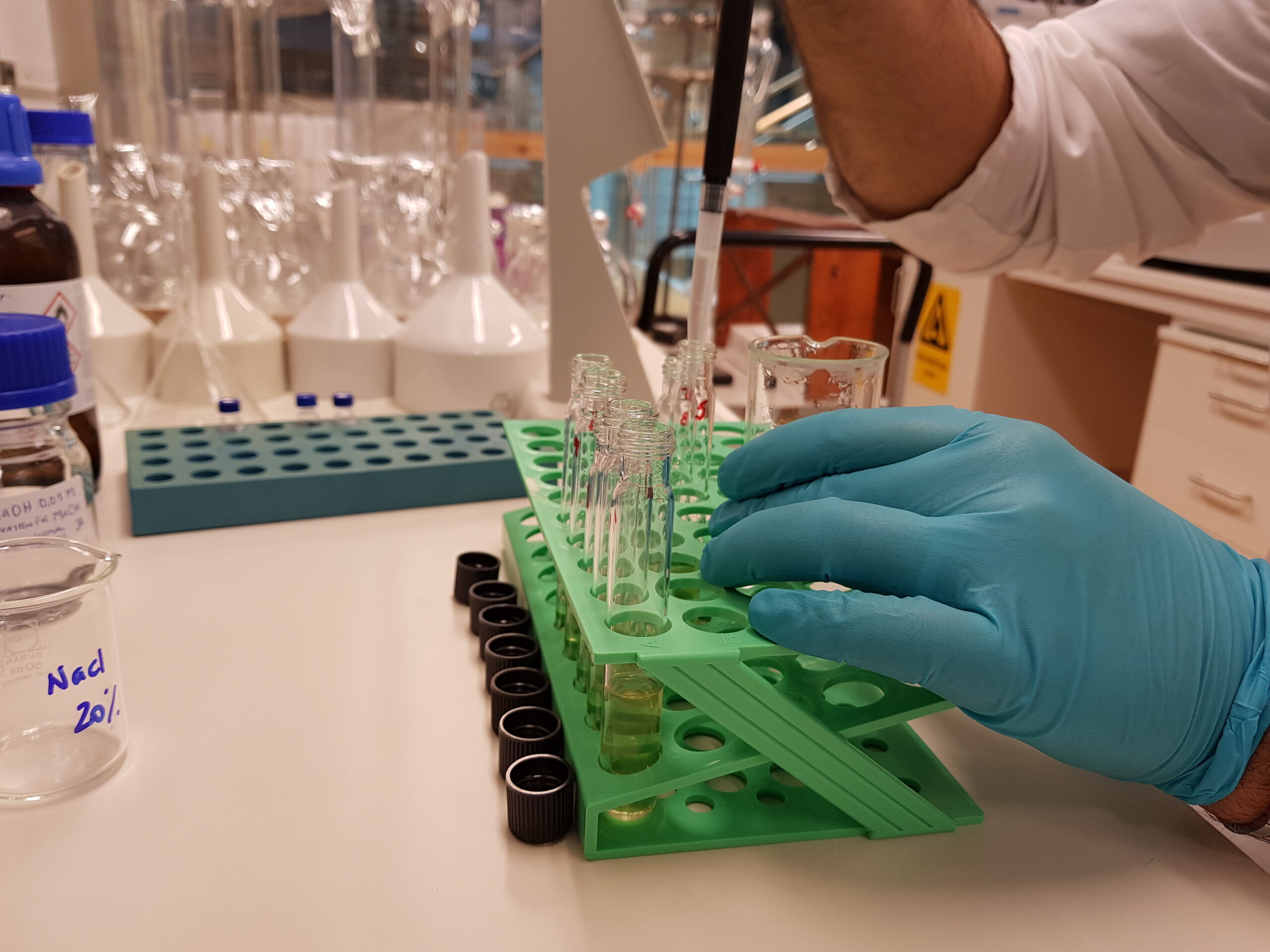Feeding trials
on fish
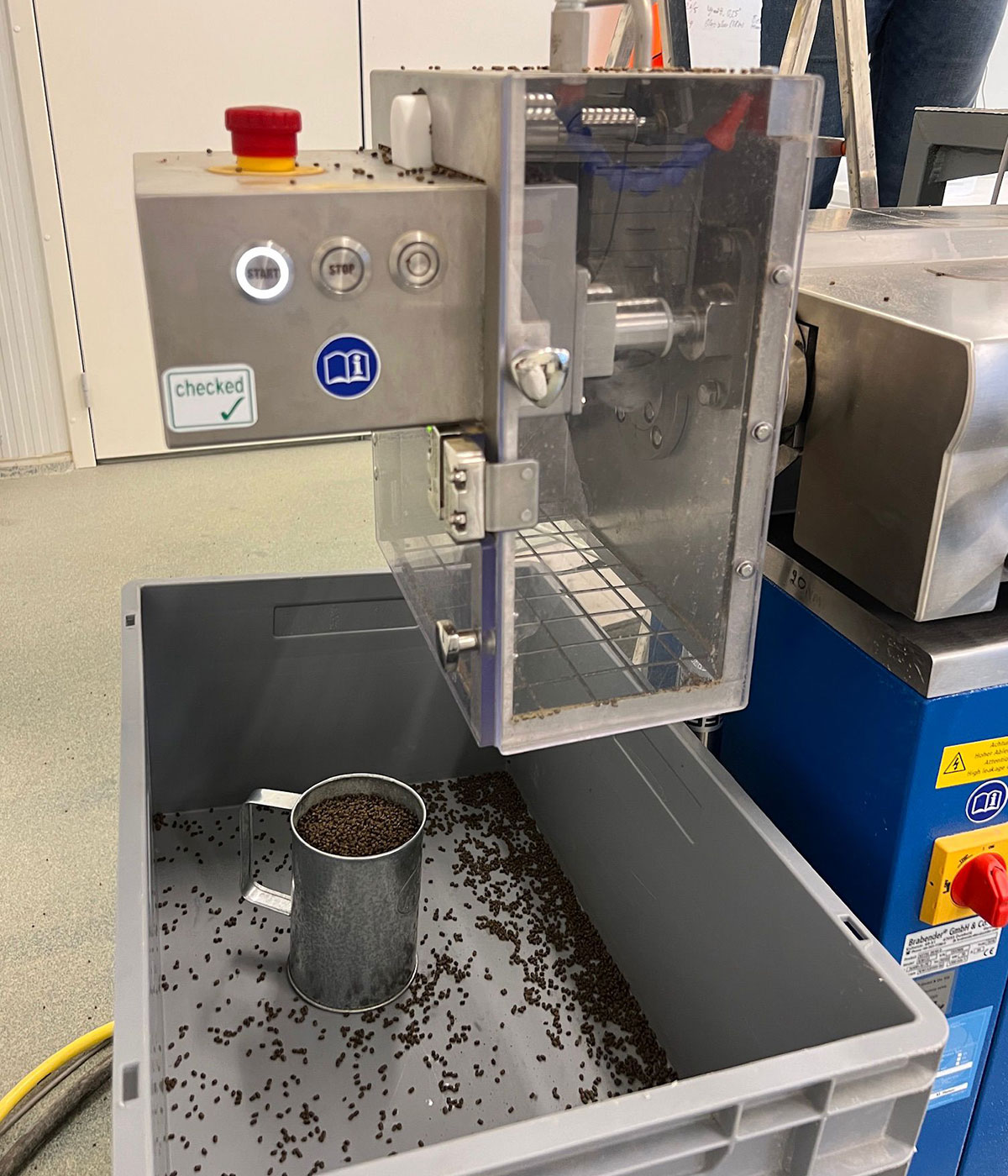
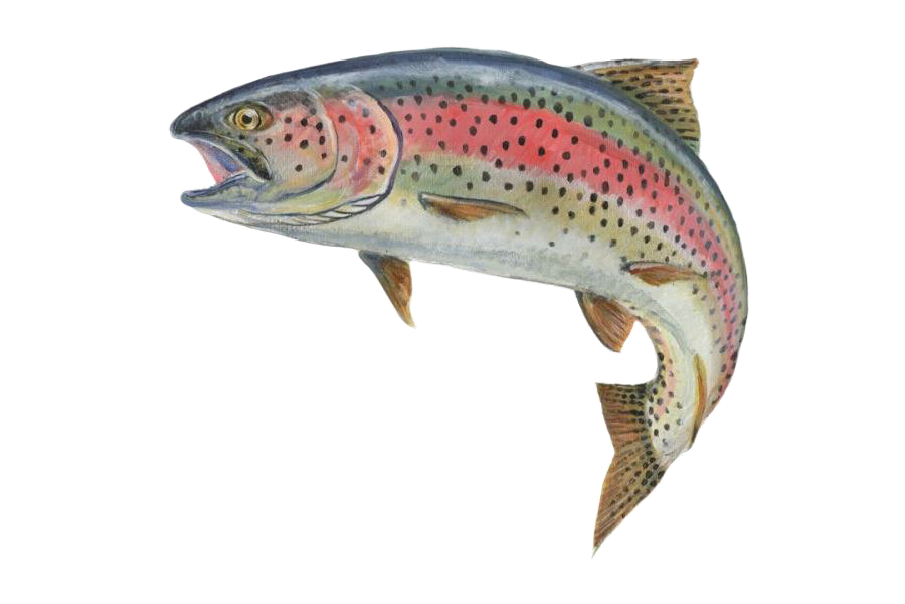
SLU (Swedish University of Agricultural Sciences) and RISE (Research Institutes of Sweden) are collaborating to test protein concentrates derived from alfalfa and white clover in the diets of farmed fish, specifically Rainbow trout and Tilapia (se-rödstrimma). A variety of protein concentrates developed at Aarhus University will be subjected to multiple trials with these fish species. Concurrently, we will identify and address potential limitations in utilizing protein from biorefineries in fish feed.
Preliminary findings from our initial trial indicate that the alfalfa ‘white’ concentrate demonstrates relatively high digestibility and supports satisfactory growth performance in rainbow trout at inclusion levels of up to 10% of the diet. However, at a 20% inclusion ratio, we observed a decline in feed intake, growth, and nutrient digestibility. We are currently investigating the potential impact of these dietary changes on intestinal health.
Additionally, the incorporation of alfalfa ‘white’ concentrate has influenced the technical quality of the pellets, necessitating further optimization of the extrusion pelleting process when using green concentrates.
Specifically, we noted that increased inclusion of alfalfa ‘white’ concentrate adversely affected pellet expansion and hardness, although double extrusion at higher inclusion levels resulted in significantly improved water stability. This finding may have important implications for the formulation of commercial fish feed recipes.
In upcoming trials, we will explore two additional green protein concentrates derived from white clover in fish feed formulations. Our focus will also include the quantification of any undesirable compounds present in these concentrates, with the goal of optimizing their use in aquafeeds.
LONG-TERM GOAL
To produce a high-quality feed product and establish a solid knowledge base on the use of green protein in fish feed production in a more resource-efficient and climate-friendly way, without negatively affecting fish health, growth, and feed utilization.
FROM FEED TO FISH
By optimizing feed formulations and conducting long-term nutritional studies, the researchers aim to identify optimal levels of green protein in fish feed, examine feed quality and growth, and carry out environmental impact analysis (LCA).
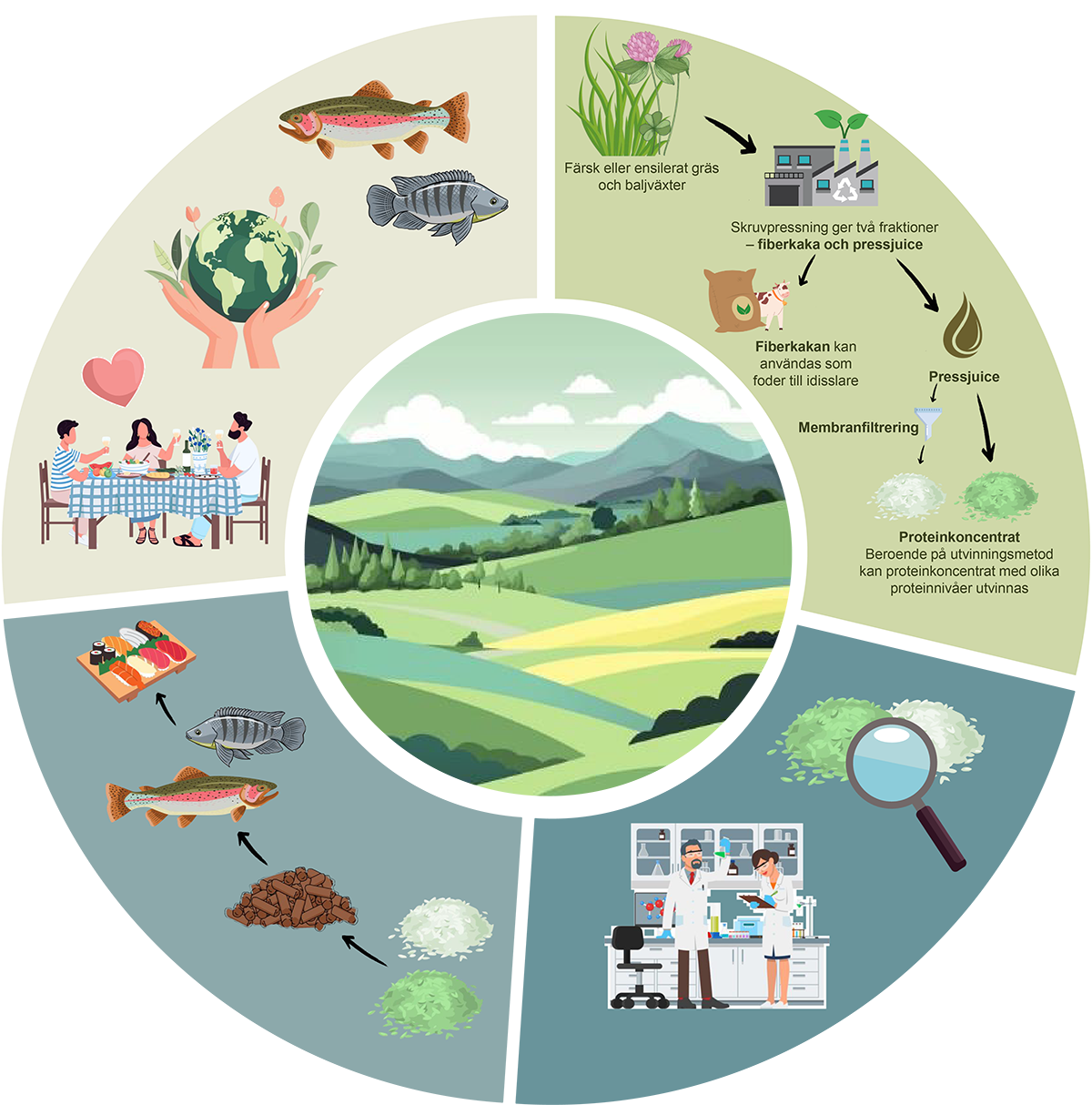
WHY GREEN PROTEIN?
Fish feed contains, among other things, fishmeal and soy, which have negative effects on the environment and biodiversity, and contribute to overfishing and poor working conditions. Through biorefining, forage crops can be processed and converted into green protein. This protein can then serve as a substitute for fishmeal and soymeal in fish feed.
FIND THE BEST RECIPE
Researchers at SLU and RISE will analyze and evaluate green protein. They will then formulate feed containing green protein, taking into account the fish’s nutritional needs and feed quality.
Want to know more?
If you want to know more or have questions you’ll find the contact people for this work package down below.
Materials from the trials
Here you’ll find all the documentation and images from this trial.

